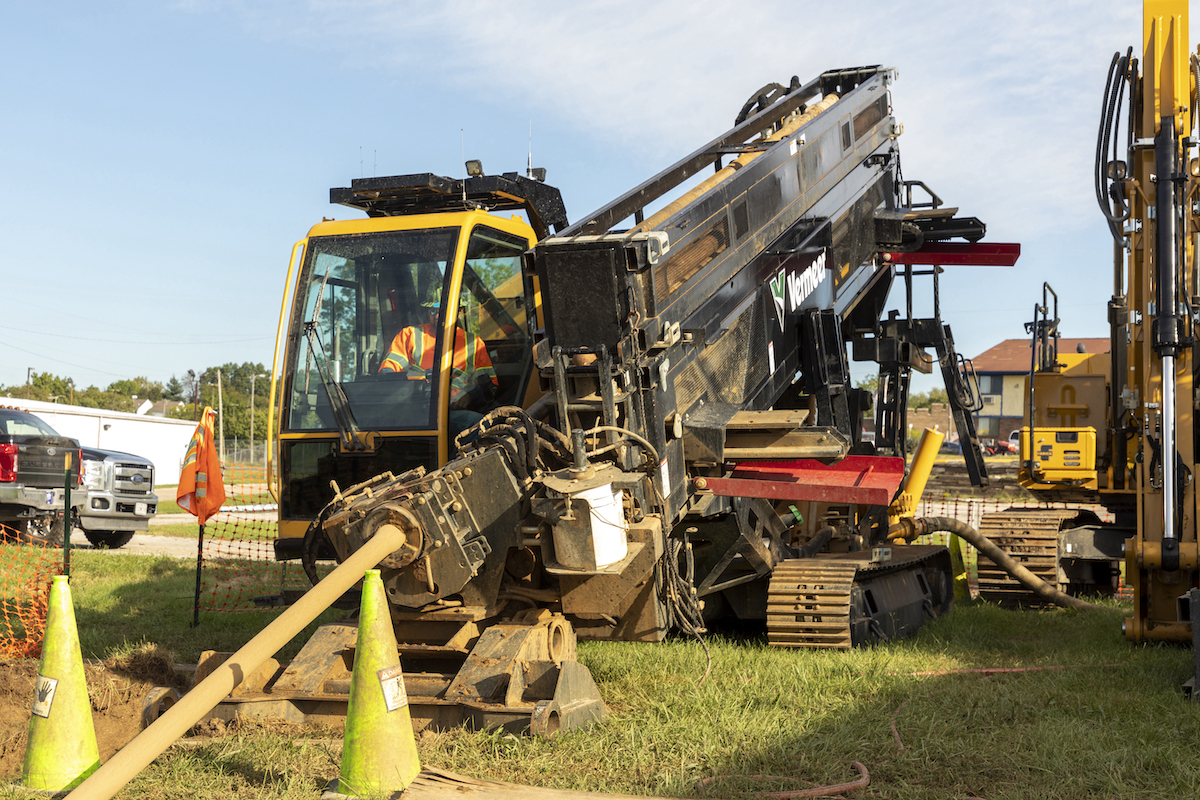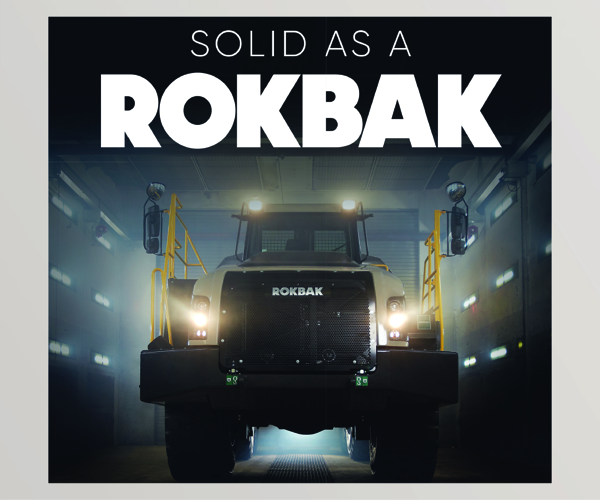An efficient articulated hauler operator combines technical expertise, safety, and situational awareness with effective communication and a commitment to productivity. Scottish ADT manufacturer
Rokbak explains what your operators need to do to make sure their work meets your project goals and keeps operational costs low.
1. Get Ready to Move
Take control of the hauler and your daily work before the ignition has been switched on by making sure you know the truck. It’s important to have a thorough understanding of the truck’s controls, capabilities, and limitations. This includes knowing how to operate it efficiently and safely in various conditions, such as on gradients, rough terrain, or in adverse weather.
2. Check, Check, Check
At the start of the working day, prestart checks are essential. A diligent operator conducts routine truck inspections to make sure the truck is ready for work.
You should check daily for pre-existing damage, including leaks and loose parts, tire conditions, lights and beacons that are not fully operational, obscured visibility through the windows, and fluid and battery levels. Rokbak trucks have ground-level test points and a fully tilting cab for quick, easy access when servicing. A thorough equipment walkaround before starting a shift can make a big difference and doesn’t require much time.
3. Know the Limits
Before you start working, learn your work site boundaries such as speed, ground-bearing weight limits, travel direction, passing areas, width and height restrictions, and no-go areas.
Know your hauler’s capacity and ensure you are aware of your truck’s working limits with regard to payload. Furthermore, keep an eye on how many buckets the loader is dumping in the truck to stay within the safe operating limits of the ADT and avoid accelerated component wear through overloading. Rokbak provides an optional onboard payload system and exterior payload lights, which indicate to both the truck and loader operators whether the payload is on target or overloaded. This information is recorded and transmitted via the Haul Track telematics system.
4. Ensure Safety
Follow all site operating procedures when driving the truck. Keep under speed and under control on gradients and check grade guides for safe and controlled descent speed. Correctly use differential locks — you’ll want to employ them when you’re operating in soft or slippery ground conditions to maintain traction and control. Be aware of what equipment is on your haul route and what sort of traffic you can expect to encounter.
5. Correct Usage
Some articulated haulers like the Rokbak RA30 and RA40 have fully enclosed multi-disc brakes on all six wheels plus a retarder to deliver safe, consistent performance. Understanding the correct use of the retarder can prolong the life of the service brakes and reduce maintenance intervals for lower total cost of ownership. If required, make use of the transmission lock in range or manual shift modes to maintain a steady ascent or descent on gradients.
6. Stay Alert
A good ADT operator stays alert to their surroundings, including other workers, vehicles, and obstacles onsite. They anticipate potential hazards and adapt their driving accordingly to maintain safety for themselves and others. Inevitably there will be challenges, such as navigating tight spaces. An alert operator can quickly assess situations, make informed decisions, and take appropriate actions to resolve issues while minimizing downtime. Never operate an articulated hauler if you’re feeling fatigued or unwell.
7. Keep an Eye on Targets
Operating an articulated hauler requires attention to detail to ensure proper loading, unloading, and maneuvering of materials. While an integrated payload system can account for the number of loads moved, manually recording progress in relation to a target keeps work proceeding on schedule. For improved fuel efficiency, minimize heavy acceleration and aim to reduce unnecessary idle time whenever feasible.
8. Don’t Ignore Fault Codes
Critical information is delivered whenever system fault codes are triggered. If a Rokbak truck does develop a fault, the operator will receive a warning symbol on the dashboard.
Faults should be reported when they occur, as continued operation could exacerbate the issue. Following the truck’s advice means increasing uptime by avoiding potential disruptions. Effective communication with site supervisors, co-workers, and other equipment operators is crucial for coordinating tasks and ensuring smooth operations.
9. And in the End…
At the end of a shift, follow the correct shutdown procedure. Allowing the truck to idle for a brief period at the end of a long workday enables the coolant to circulate through the engine. This helps to gradually lower the temperature, preventing potential damage from frequent “hot shutdowns” over time. Adhering to the correct maintenance and start-up and shutdown procedures will help to keep operational costs low.








































































